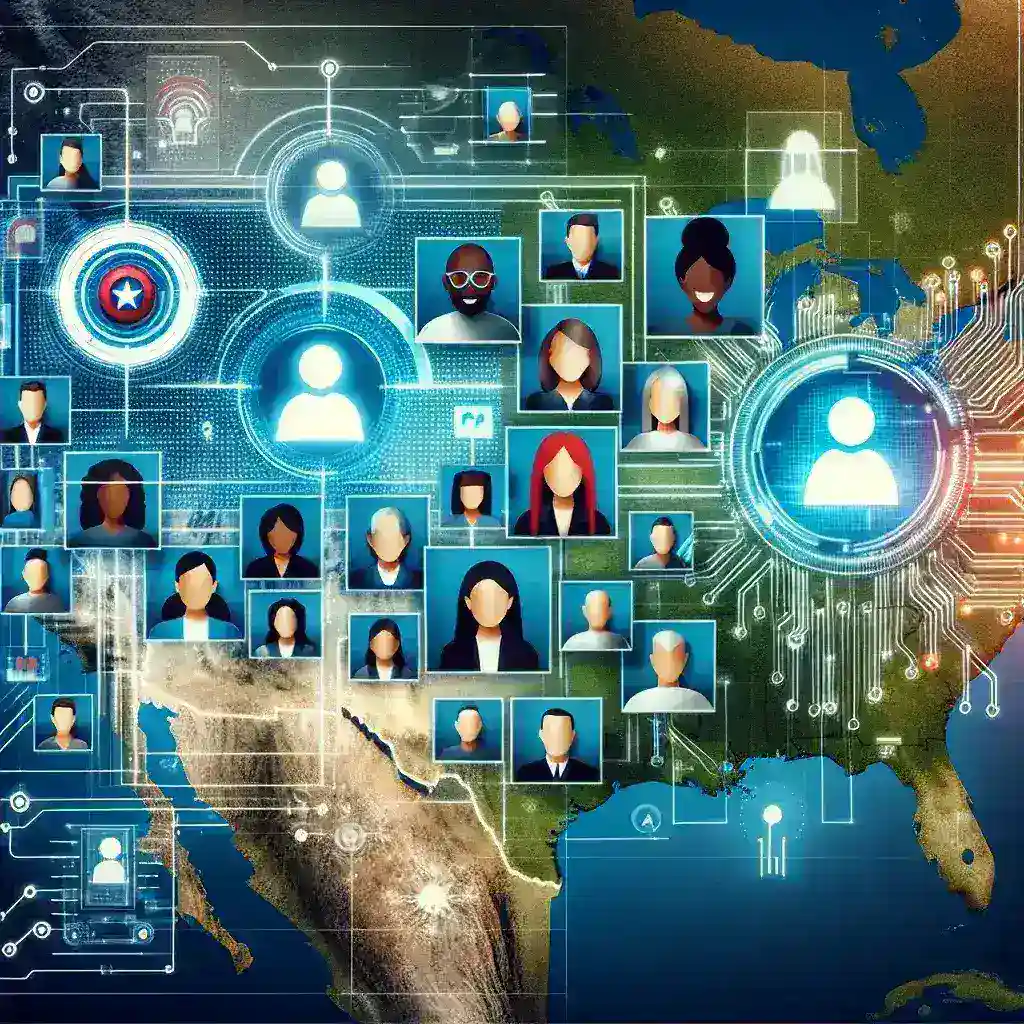
Introduction
In the ever-evolving landscape of corporate culture, diversity and inclusion have emerged as pivotal elements that can significantly enhance organizational performance and employee satisfaction. As companies strive to create workplaces that are equitable and inclusive, the role of technology becomes increasingly crucial. Amid this backdrop, Microsoft Teams is testing innovative AI-powered diversity tracking dashboards that aim to provide insights into diversity metrics within U.S. companies. This article delves into how these dashboards operate, their importance, and the potential ramifications for the workplace environment.
The Significance of Diversity in the Workplace
Diversity in the workplace refers to the inclusion of individuals from a variety of backgrounds, including race, gender, age, sexual orientation, and more. A diverse workforce brings numerous advantages, such as:
- Enhanced Creativity: Different perspectives lead to unique ideas and solutions.
- Improved Employee Satisfaction: Inclusive environments foster a sense of belonging and loyalty.
- Broader Market Reach: A diverse team can better understand and cater to a wide range of customers.
- Higher Performance: Diverse teams often outperform their homogeneous counterparts.
The Role of Technology in Promoting Diversity
Technology plays a critical role in enabling companies to track, measure, and promote diversity. Traditionally, many organizations have struggled to quantify diversity metrics effectively. This is where Microsoft Teams’ new initiative comes into play. By leveraging artificial intelligence, the platform aims to provide organizations with valuable data that can help them understand their diversity landscape better.
Microsoft Teams’ AI-Powered Diversity Tracking Dashboards
The AI-powered diversity tracking dashboards developed by Microsoft Teams are designed to offer real-time insights into various diversity metrics. Here’s how they work:
Data Collection
The dashboards collect data from multiple sources within an organization. This includes employee demographics, promotions, recruitment metrics, and retention rates. By compiling this data, the dashboards create a comprehensive overview of the company’s diversity landscape.
Visualization of Metrics
Once the data is collected, the dashboards utilize advanced AI algorithms to analyze and visualize the information. This allows organizations to easily interpret complex data sets through user-friendly charts and graphs. Key metrics displayed may include:
- Gender and ethnic diversity ratios
- Promotion and hiring trends across different demographics
- Retention rates of diverse employees
Actionable Insights
The ultimate goal of these dashboards is to provide actionable insights. Organizations can identify areas where they are excelling in diversity and areas that require improvement. With this information, companies can develop targeted initiatives to promote diversity and inclusion, thereby fostering a more equitable workplace.
Benefits of Implementing AI-Powered Dashboards
Integrating AI-powered diversity tracking dashboards in companies offers several benefits:
- Transparency: Providing employees with visibility into diversity metrics fosters a culture of openness.
- Accountability: Organizations can set measurable diversity goals and hold leadership accountable.
- Better Decision-Making: Data-driven insights enable leaders to make informed decisions on diversity initiatives.
- Employee Engagement: Employees are more likely to engage in diversity initiatives when they can see progress being made.
Challenges and Considerations
While the implementation of AI-powered diversity tracking dashboards presents numerous advantages, there are also challenges and considerations that organizations must keep in mind:
- Data Privacy: Collecting demographic data raises concerns about employee privacy and the ethical use of information.
- Data Accuracy: Ensuring the accuracy of the data collected is vital for making informed decisions.
- Resistance to Change: Employees and leadership may be resistant to adopting new technologies and processes.
Case Studies: Early Adopters of Microsoft Teams’ Dashboards
Several U.S. companies have begun testing these AI-powered dashboards, yielding promising results:
Company A
Company A, a leading tech firm, utilized Microsoft Teams’ dashboards to identify disparities in promotion rates among different demographics. As a result, they launched targeted mentorship programs that significantly improved promotion rates for underrepresented groups.
Company B
Company B, a large financial institution, leveraged the insights gained from the dashboards to reform their recruitment strategies. By focusing on diverse talent pools, they successfully increased the diversity of their new hires by 25% within a year.
The Future of Diversity Tracking in the Workplace
The future of diversity tracking in the workplace looks promising, especially with the integration of AI technologies. As organizations become more aware of the importance of diversity, tools like Microsoft Teams’ dashboards will likely gain wider acceptance. Future advancements may include:
- Enhanced Predictive Analytics: Future AI models may predict diversity outcomes based on current trends.
- Integration with Other HR Tools: A seamless integration of diversity tracking with other HR software can provide a holistic view of employee engagement.
- Broader Metrics: Future dashboards may incorporate additional metrics beyond demographics, such as employee satisfaction and engagement levels.
Conclusion
As Microsoft Teams tests its AI-powered diversity tracking dashboards in U.S. companies, it paves the way for organizations to better understand and manage their diversity initiatives. By leveraging data and technology, companies can foster more inclusive workplaces that not only benefit employees but also drive organizational success. The future of workplace diversity is bright, and with tools like these dashboards, companies are well-equipped to navigate the complexities of diversity and inclusion.
Leave a Reply